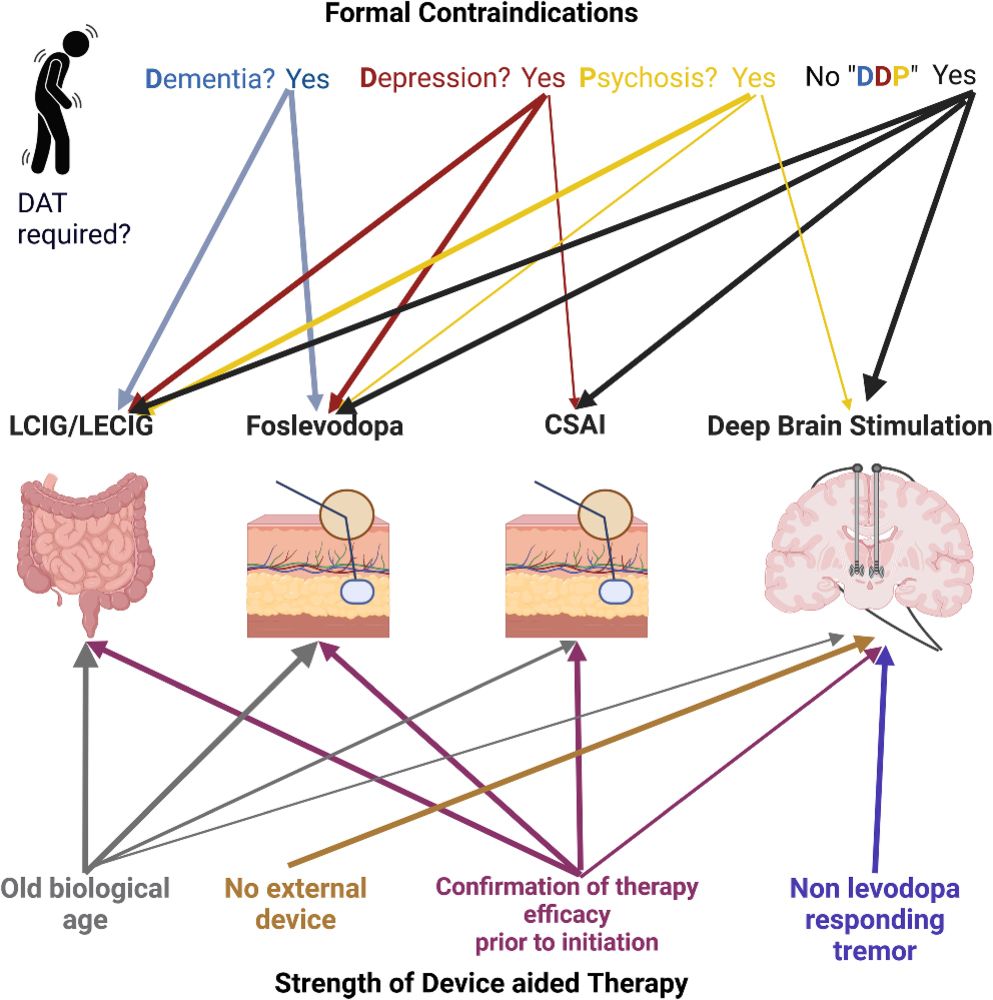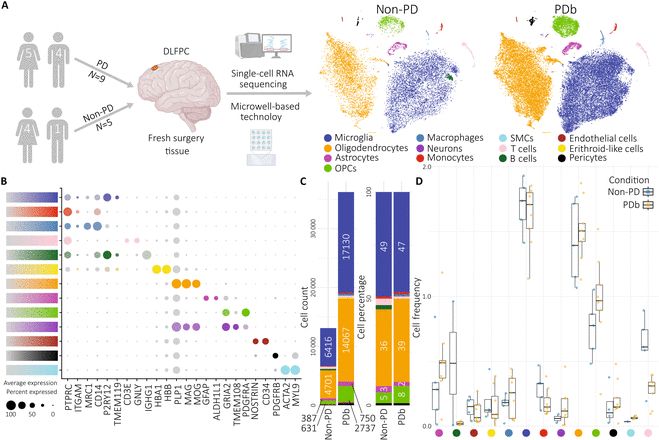Sergiu Groppa
@segroppa.bsky.social
850 followers
930 following
17 posts
Professor and Director of #Neurology, Saarland University, Germany
www.uks.eu/neurologie
Posts
Media
Videos
Starter Packs
Sergiu Groppa
@segroppa.bsky.social
· Jul 23
Sergiu Groppa
@segroppa.bsky.social
· Jun 10

Frequency- and layer-specific effects of high-frequency STN stimulation on mouse motor cortical areas in vivo
Abstract. High-frequency deep brain stimulation (DBS) of the subthalamic nucleus (STN) is an effective evidence-based therapy for Parkinson’s disease; howe
shorturl.at
Sergiu Groppa
@segroppa.bsky.social
· May 17

Extended coverage of human serum glycosphingolipidome by 4D-RP-LC TIMS-PASEF unravels association with Parkinson’s disease - Nature Communications
4D-TIMS-glycosphingolipidomics expedite clinical serum profiling of 376 GSLs covering ganglio- and neolacto-series, neutrals and sulfatides. Clinical phenotyping of Parkinson’s disease cohort (sub)gro...
go.nature.com
Sergiu Groppa
@segroppa.bsky.social
· Jan 11

Targeting pathological brain activity-related to neuroinflammation through scRNA-seq for new personalized therapies in Parkinson’s disease - Signal Transduction and Targeted Therapy
Signal Transduction and Targeted Therapy - Targeting pathological brain activity-related to neuroinflammation through scRNA-seq for new personalized therapies in Parkinson’s disease
go.nature.com
Sergiu Groppa
@segroppa.bsky.social
· Nov 21

Low‐Frequency Deep Brain Stimulation in Non‐Rapid Eye Movement Sleep Modifies Memory Retention in Parkinson's Disease
Background and Objective Memory impairment is a frequent and debilitating symptom in neurodegenerative disorders. The objective of this study was to provide proof-of-principle that deep brain stimul...
bit.ly
Sergiu Groppa
@segroppa.bsky.social
· Oct 24

Subthalamic control of impulsive actions: insights from deep brain stimulation in Parkinson’s disease
Herz et al. review recent studies that have used deep brain stimulation electrodes to record neural activity from, or apply electrical stimulation to, the
academic.oup.com
Sergiu Groppa
@segroppa.bsky.social
· Jun 28

Inflammation‐Triggered Enlargement of Choroid Plexus in Subacute COVID‐19 Patients with Neurological Symptoms
<em>Annals of Neurology</em> is a leading neurology journal from the American Neurological Association focusing on diseases of the human nervous system.
doi.org
Sergiu Groppa
@segroppa.bsky.social
· Apr 18

Advanced therapies in Parkinson’s disease: an individualized approach to their indication - Journal of Neural Transmission
Device aided therapies (DAT) comprising the intrajejunal administration of levodopa/carbidopa intestinal gel (LCIG) and levodopa/carbidopa/entacapone intestinal gel (LECIG), the continuous subcutaneou...
bit.ly
Sergiu Groppa
@segroppa.bsky.social
· Apr 13

Subthalamic stimulation modulates context-dependent effects of beta bursts during fine motor control - Nature Communications
How movement speed is neurally modulated remains poorly understood. Here, the authors recorded invasive brain signals in Parkinson’s disease patients during drawing and deep brain stimulation, showing...
go.nature.com
Sergiu Groppa
@segroppa.bsky.social
· Mar 29
Multiple sclerosis endophenotypes identified by high-dimensional blood signatures are associated with distinct disease trajectories
Three discrete immunological endophenotypes in early multiple sclerosis correlate with distinct disease trajectories and treatment responses.
bit.ly
Sergiu Groppa
@segroppa.bsky.social
· Mar 27
Sergiu Groppa
@segroppa.bsky.social
· Mar 6
Ultrafast Brain MRI with Deep Learning Reconstruction for Suspected Acute Ischemic Stroke
Background Deep learning (DL)–accelerated MRI can substantially reduce examination times. However, studies prospectively evaluating the diagnostic performance of DL-accelerated MRI reconstructions in ...
bit.ly





